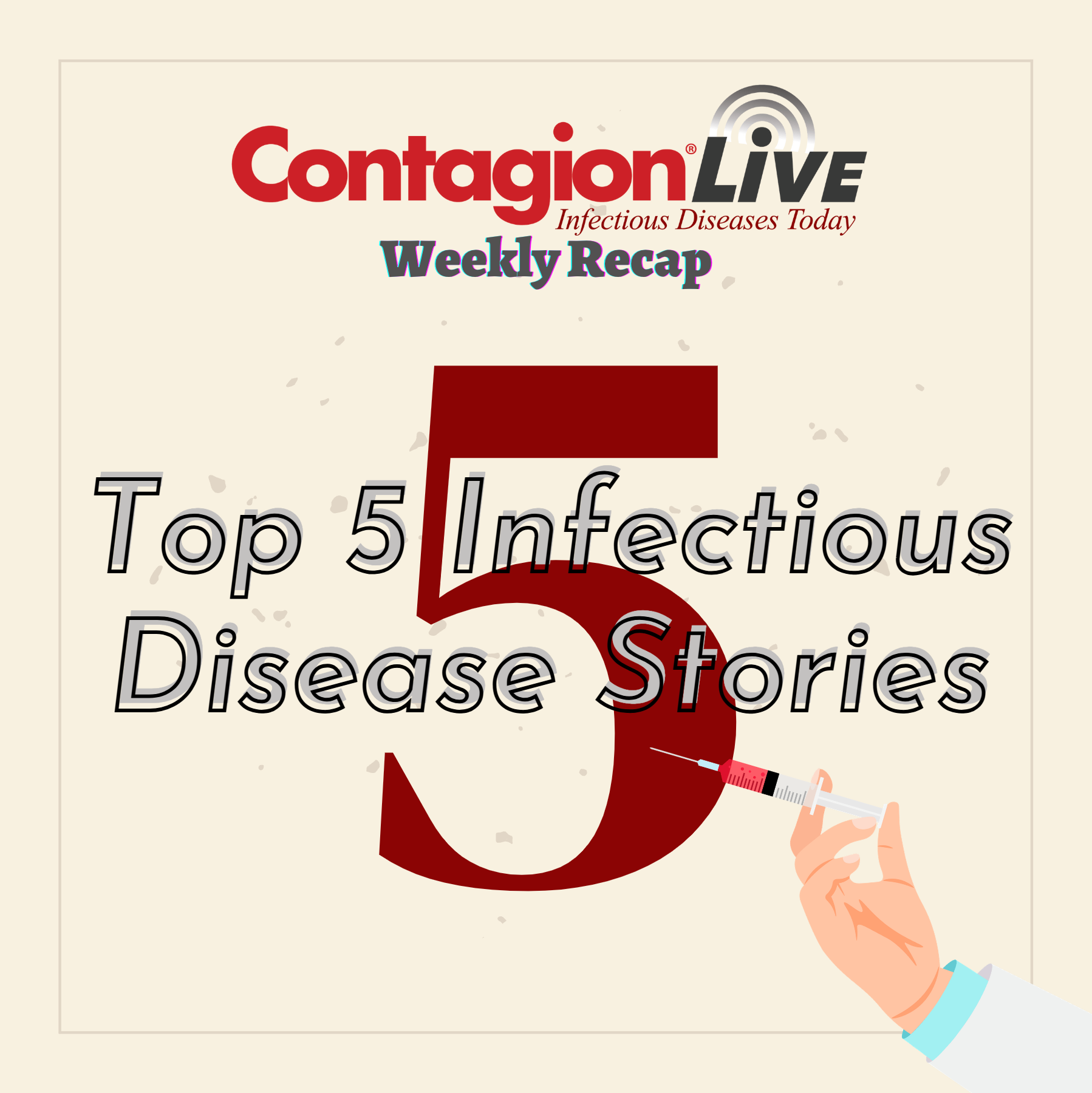
Coronavirus / COVID
Latest News
Latest Videos

CME Content
More News
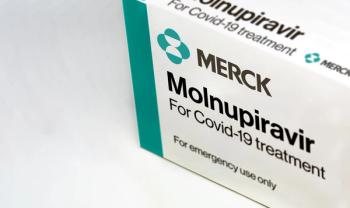
Despite failing to meet primary trial endpoints, molnupiravir reduced the length of COVID-19 infection by 4.2 days in vaccinated patients.

Yesterday, the FDA took a major step toward officially approving Paxlovid. Catch up on this story and the other top COVID-19 news updates from the past week.

The FDA's Antimicrobial Drugs Advisory Committee recommended approving Pfizer’s New Drug Application for Paxlovid to treat mild-to-moderate COVID-19 in adults at high risk of severe or fatal disease progression.

These investigators concluded Omicron XBB.1.5 the most successful COVID-19 variant of its lineage.

With this FDA emergency use authorization (EUA), all persons 6 months and older are now eligible to receive the Pfizer-BioNTech Omicron BA.4/BA.5-adapted bivalent booster.

COVID-19 patients had a significantly higher risk of cardiovascular disease and death in both the short- and long-term.
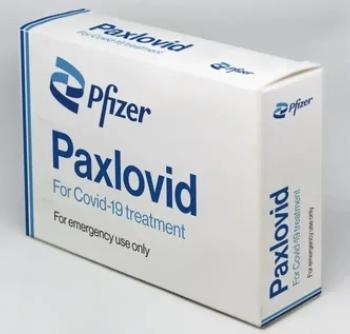
“Real-world” assessment finds nirmatrelvir-ritonavir reduces risk of severe COVID-19 from BA4 and BA5 omicron subvariants.
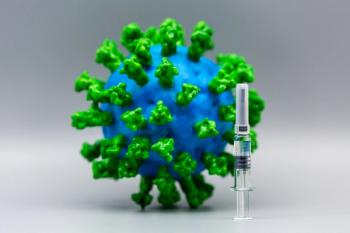
The benefits of COVID-19 vaccines waned over time and were less effective against the Omicron variant of the virus, a long-term meta analysis found.

A 4-dose COVID-19 vaccine regimen and prior infection with either the BA.1 or BA.2 variants were extremely effective against the Omicron BA.5 subvariant.

Nasal administration of the fully human anti-CD3 monoclonal antibody Foralumab modulated T cell inflammatory responses in COVID-19.
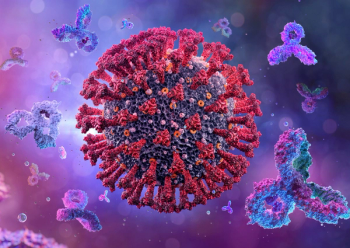
Use of early COVID-19 treatments did not reduce the risk of hospitalization or death, but did reduce long COVID symptoms after 3 months.

Children were hospitalized the most during the Omicron variant, but disease outcomes were the least severe during this variant period.
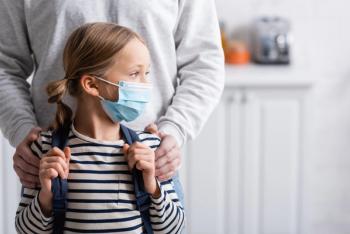
The most common reasons parents cited for hiding a child’s COVID-19 infection included an inability to stay home from work and wanting to make decisions about their child’s health without outside input from authorities.

In the 12-month period following COVID-19 infection, long COVID patients had an excess death rate of 16.4 per 1000 individuals.
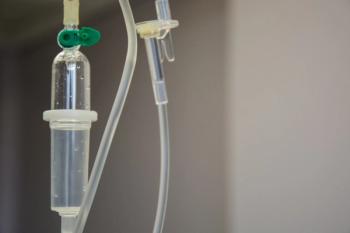
A single dose of pegylated lambda-interferon delivered within a week of the start of COVID-19 symptoms appears to significantly reduce the likelihood that a patient will end up hospitalized from the disease.

The omega-3 fatty acids EPA and DHA may protect against COVID-19 by reducing inflammation.

A booster dose of mRNA COVID-19 vaccination during pregnancy increases protection of infants from infection and related hospitalization.

“The biggest take-home message is to treat early,” says remdesivir investigator Mark Thrun, MD.
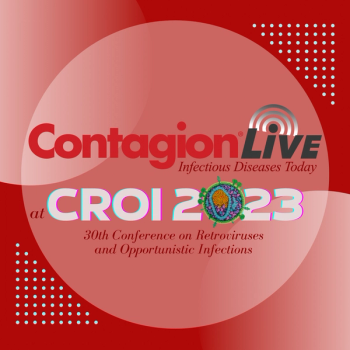
Here's a recap of our most newsworthy coverage of the CROI 2023 conference.
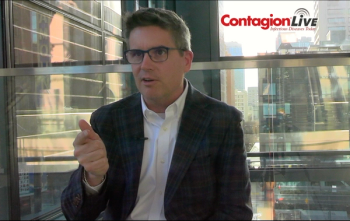
Remdesivir reduces COVID-19 mortality, in hospitalized patients who both did and did not require oxygen.

A researcher who presented at CROI discusses this prolonged and debilitating condition.

A clinician presenting at CROI discusses the phenomenon and offers insights and considerations for treating patients who are dealing with this.
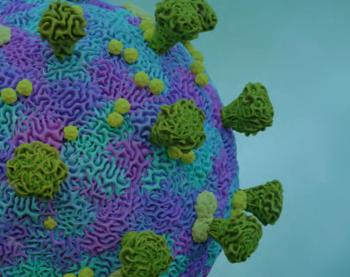
As COVID-19 evolves, learning how to live with a virus that has become endemic will have its challenges, but medical science will help the public be able to accept it.

Administered during the Omicron-dominant phase, the vaccine's efficacy was 73.2% in individuals 6 months to 4 years of age.
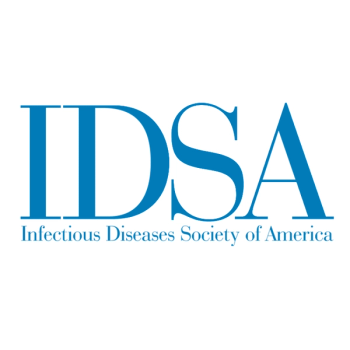
Why have “long COVID” cases become less frequent and less severe over time?


